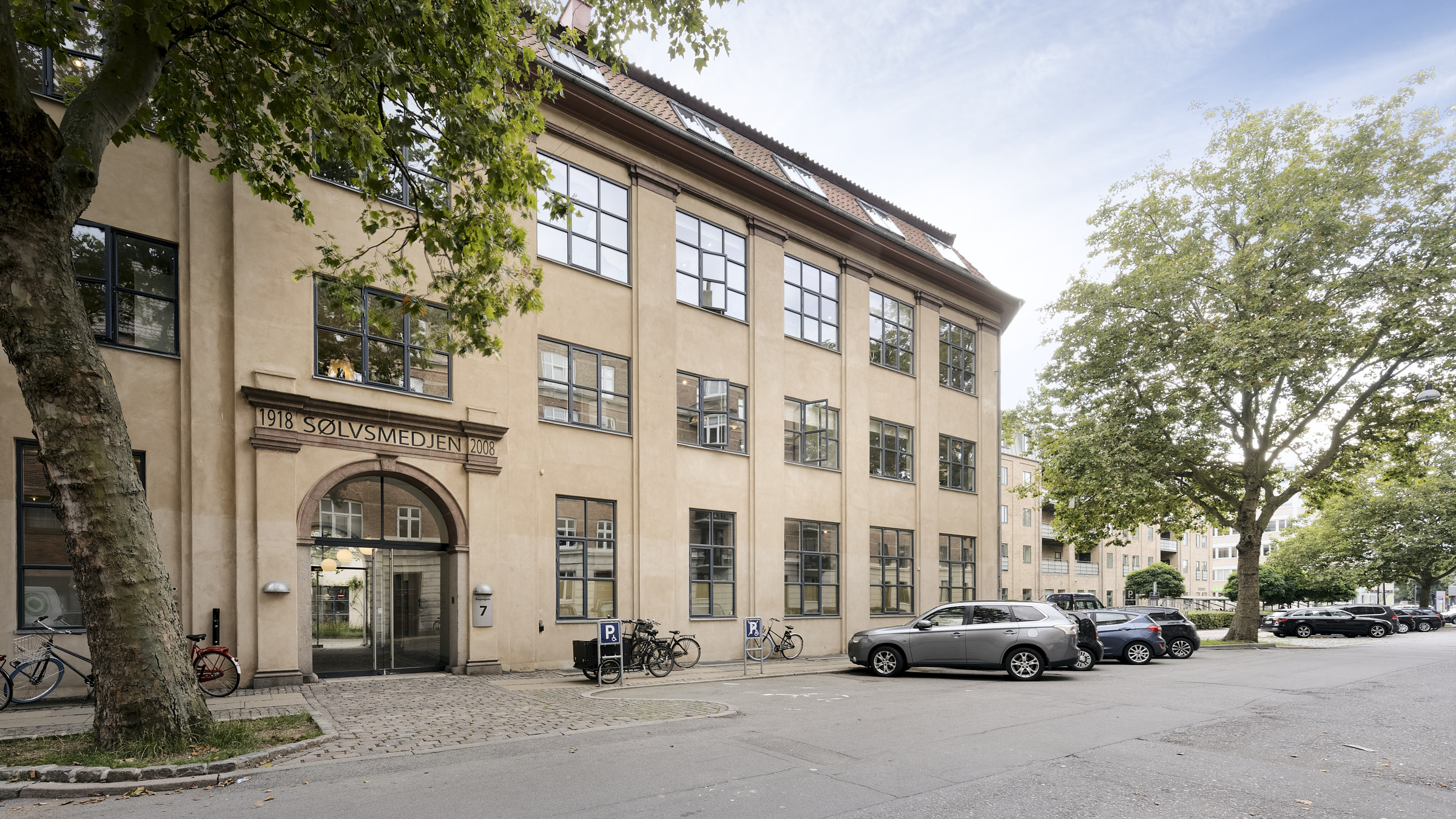How KRING de-risks early-stage investments

At KRING, we have been building digital impact companies within clean and renewable energy as well as health & well-being together with ambitious co-founders and leading corporates for almost 7 years. Although we have built several successful ventures that we are extremely proud of e.g Testaviva, Bodil Energi, and Welldium, which show great potential returns for our investors, we wouldn’t claim to have found the exact recipe for successful startups and we don’t really think a strict formula exists. But what we do think we have gotten effective at, is minimizing the risk of building and investing in early-stage startups.
Below, is a selection of the strategies and techniques that KRING deploys to systematically de-risk early-stage investments in high-growth startups. These are all elements of our in-house developed methodology, Speedbooting, of which you can read more here.
#1
We don’t try to be the best at coming up with ideas, we try to be the best at validating them
A common misunderstanding about what we do at KRING is that we try to be the best at coming up with the next big idea.
Our initial ideas come from multiple places; aspiring co-founders, through insights and research or co-creation with our corporate partners and their customers, just to name a few. But these ideas are hardly worth anything until they have been thoroughly validated, and modified through multiple iterations.
We don’t strive to be the best at coming up with ideas, we try to be the best at validating and scaling these ideas. It is especially at this early validation stage, that KRING has been able to create tremendous value for our portfolio.
Using new no-code platforms and design tools to make short experiments and pretotypes, we can validate new ideas within days or weeks, without using expensive developer resources. Although we can hardly claim to be the only ones doing it; Google design sprints and similar methodologies are gaining massive popularity, but we are unique in the Nordic market at least, to be using these methods to validate multiple ideas at once, across the energy and health verticals.
At KRING, we are especially happy to have a well well-established and long running partnership with pree.to, a leading provider of rapid user testing and validation This partnership allows us to provide industry leading validation and product iterations at unprecedented speed.
#2
We only invest in co-founders we have been in the trenches with
The traditional VC meetings are a great way to understand a business model, but hardly anybody would claim that they knew someone well after a 45-minute Zoom call or a 2-hour late afternoon conference room session.
At KRING, our integrated processes for validating ventures, combined with our entrepreneurs in residence program, let us understand how potential co-founders work and how well suited they are for the life as a startup co-founder before putting them at the helm of our newly founded ventures.
Furthermore, this understanding of our co-founders, and our experience in putting together high-functioning teams, allows us to efficiently connect potential co-founders, who would not have met each other otherwise.
#3
Minimising individual emotional attachment to specific ideas and solutions
Anybody who has worked with startups knows that the attachment to a specific idea or strategy can be fatal for the success of the venture.
At KRING, the person coming up with the initial idea, the people validating it, and the final co-founder, are rarely one and the same person. This means that successful ideas have been validated and modified by a diverse group of individuals, and the co-founder is put in the best situation possible, to scale the idea successfully, without prior biases about which direction to go.
#4
Greater equity stake compared to traditional VCs and lower risk compared to pre-seed business angels.
As power has shifted from VC firms to entrepreneurs, the ownership that VCs are able to negotiate has been getting smaller.
KRING invests earlier than the typical VC, and we are able to add value to the venture, even before the incorporation itself. This puts KRING in the position to negotiate an ownership stake that is significantly higher than the industry average.
While KRINGs investment timing is more comparable to that of the typical pre-seed business angel, our risk profile is significantly different. This is due to the fact that we work extensively with the business model and the co-founders both before and after the incorporation, through our Speedbooting® methodology, to minimize early-stage failures.
#5
We ensure startups are up and running with funding and a validated idea
According to a study by CBSInsights, 38% of failed startups do so because they run out of cash, and a staggering 35% failed because there wasn’t actual market demand for their product or service. These were by far the two biggest reasons for Startup failure, adding up to 73% of all startup failures combined.
At KRING, we recognize that both securing adequate funding and responding to market needs, are paramount to building healthy and scalable ventures. We also recognize that the skills needed to secure funding, and the skills needed to understand and adjust an offering according to market signals, are rarely found in the same person, and managing time between these essential goals is difficult, therefore, it is difficult to form a team with the right balance between the two from the get-go.
That is why we supply our ventures with adequate seed funding and work intensively with them on validating and iterating their offering, according to market needs. In our experience, giving the co-founders of our portfolio ventures the peace of mind to focus and build the initial product and secure its product-market fit, has been a key ingredient to the success of our ventures.
_______
These are just a selection of the ways that the KRING Speedbooting process de-risks early-stage investments. If you wish to know more about our upcoming Speebooting 2022 impact fund, you can reach out to [email protected].
This article was partly inspired by this great article by Remake Labs, about the Google Venture design model, from which our Speedbooting process shares several traits


